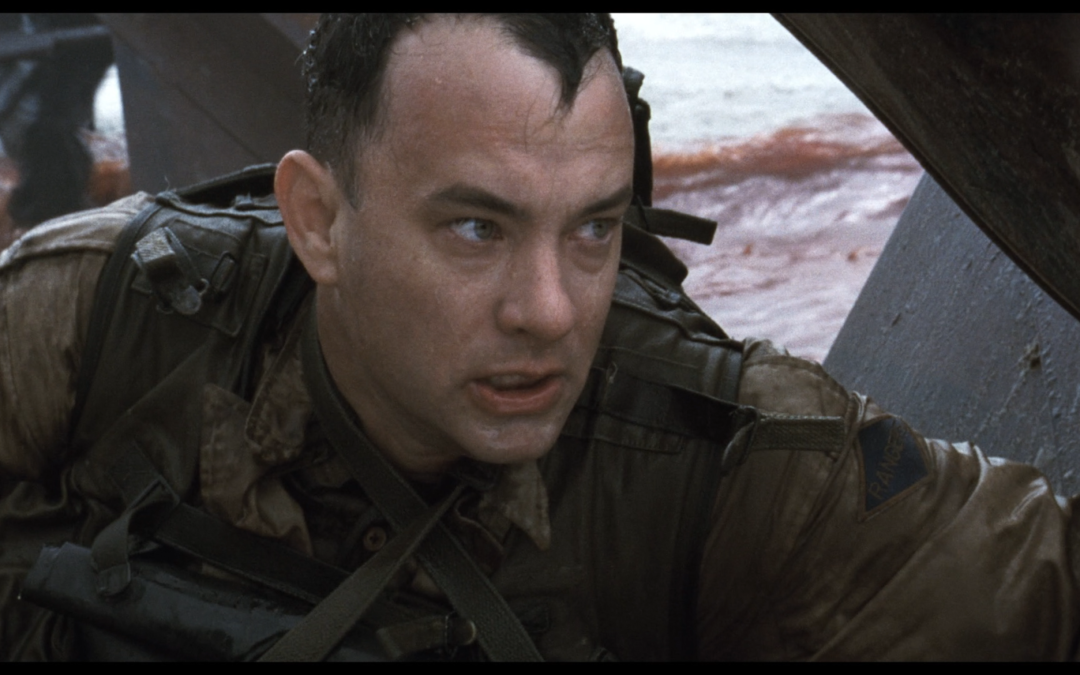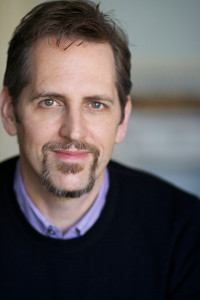The opening pages of a script are very important. We all know this. Busy industry readers will tend to put a script down if they’re not grabbed right away.
For this reason, many writers begin with the highest point of excitement or action that’s going to happen much later in the narrative, then go back in time and build to it over the course of the rest of the script. To my mind, this device is overused and often counter-productive.
Don’t get me wrong: it can sometimes work, if that opening is REALLY compelling, and creates a strong demand in the reader to want to see how we got there. The beginning of the Breaking Bad pilot is a good example of this. We go from a crazy intriguing situation for a character and then rewind to some time earlier when he had a very different life.
But many scripts open with something that is harder to track and make sense of, or get invested in, that doesn’t clearly connect to what follows. Often it takes a long time to be shown why the script opened the way it did, and what that had to do with everything else.
While ideally the first few scenes do have high conflict, energy, emotion, entertainment value and spectacle, and show off the writer’s unique original voice, sometimes we focus so much on a “grabby” opening that we forget what the other main functions of the opening pages are.
What are those functions? To draw the reader into the world of the story and its main character – to make them UNDERSTAND what’s important to know about both, and to make them FEEL SOMETHING about it. We want them to form an emotional connection to the main character so that when that “catalyst” or “inciting incident” comes, and rocks that character’s world – beginning the real story of the movie – the reader knows them well enough and cares about them enough that this really matters to them. Because they’re invested.
For that reason, the majority of the opening pages (the first ten or so) tend to work best when they’re focused on getting the audience up to speed on who we’re watching, what their world is like right now, and why we should want to follow them. This tends to require multiple scenes illustrating and dramatizing what their status quo life consists of.
So if you’re opening with something really “grabby,” it’s usually best if it’s also an example of their normal life. Think of Tom Hanks storming Omaha Beach in Saving Private Ryan. It’s a very stirring, grabby (and extended) opening. But it is also an illustration of what he is up to before he gets the call to action at the “catalyst” to go save Private Ryan.
It’s also usually best if the virtually all of the opening scenes introduce the audience to the main character’s life RIGHT BEFORE the catalyst happens. As in weeks, days, hours or even minutes before it happens. Not months and years.
This brings me to two other issues I often see at the beginning of scripts:
Sometimes writers jump around from character to character in an effort to set up the larger world of the story. Unless it’s a true ensemble movie with multiple main characters (and thus multiple stories), I think this is usually a mistake. It’s harder than we think to give an audience enough information and reason to care, to really be “in it” when that catalyst hits. It usually requires them to live life alongside that main character for ten pages to start to immerse themselves in their perspective and situation – experiencing and understanding what their hopes and dreams are, their conflicts and problems, their key activities and relationships.
The other common problem I see is that even scripts that focus on one main character jump around in time a lot during the opening pages because they’re trying to give the audience all the information they need about the past, in order to understand the present. As a result, the reader spends very little time in that character’s life right before the catalyst – and aren’t grounded enough in what that life is and who they are then, and what they’re dealing with, to have the required information and emotional connection for it to really matter to them.
There is one solution to this that I often find myself recommending to writers as a compromise. Try this if it’s hard to open the movie in the “present” and have the audience understand everything that’s important about the character and their past, and have the requisite investment in it.
It’s the “3-page prologue.”
You’ll see this in many movies. Guardians of the Galaxy, Elf, Trainwreck, The Sixth Sense…
The idea is that you open with one important compelling scene (or mini-sequence) about the character’s life in the past, of up to three pages. Ideally it does all the “grabby” things that we’re told the opening pages should do. But it also presents the most important event(s) in the character’s past, as one continuous, easy-to-follow, dramatic unit. It gives us our first reason to really be engaged, intrigued and connected to this character.
After this prologue, we “time cut” to the present, which can be years later. And we spend the rest of the opening ten pages or so on presenting their current status quo life, which takes place in the days/hours right before the catalyst hits.
In other words, we don’t start the script with a scene 30 years ago, and then go to one 15 years ago, then another from 7 years ago, and by the time we get to the “present” we’re already on p. 10-15 and it’s time for the catalyst. We make it our priority to spend almost the entire opening of the movie in the “present,” with the one exception to that being this optional 3-page prologue.
Sometimes you’ll find slightly longer prologues in movies that are either longer overall (Forrest Gump) or where the past bleeds into the “present” in a seamless way, and the main character’s life hasn’t changed much between the “prologue” and the “present.” Forrest Gump does this, as well. So does Almost Famous. As does Elf, with its shorter prologue.
Many movies don’t require this prologue. They can just begin in the present. But sometimes there is key backstory that must be delivered. And of course you don’t want to use dialogue to talk about the past and give information. In those cases, this prologue can be the answer.
If you can’t limit yourself to this, while following the other guidelines above – if that isn’t enough to make the audience understand what they need to understand and start to invest – it may be a sign that your premise is too complicated, with too much back story, to make an effective movie. The best concepts are usually rather clear, simple and straightforward.
I think if you study the first ten minutes or so of movies you’ll find that the most effective ones bear out this perspective. Feel free to comment with more examples of this – or movies you think are exceptions to this, which somehow still work!



“For this reason, many writers begin with the highest point of excitement or action that’s going to happen much later in the narrative, then go back in time and build to it over the course of the rest of the script. To my mind, this device is overused and often counter-productive.”
Yes. I thought it was overused when Kasdan, who I love, did it in Wyatt Earp back in ’94 . I remember it was one of two major films that year that used the technique, the combination of which made it too obvious as a construction for me and actually threw me out of the story. There are non-linear films that have hugely impressed me—Nolan’s Memento and The Prestige, Gondry’s Eternal Mind—but those aren’t just non-linear. They blow the line to pieces, and brilliantly, but more to your point, accomplish throughout the story, from start to finish, not just in the first few pages.
I agree that a short prologue can work well if it’s done cleverly or differently. Your examples are good ones. I’d add Back to the Future as a gold standard, and Mr. Nobody comes to mind as a recent clever one. But for me, at least, it’s in danger of becoming overused simply because so many are used as mere workhorses.